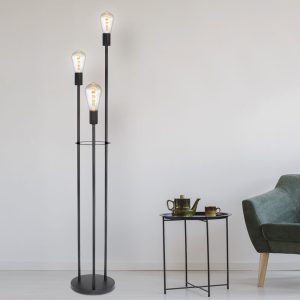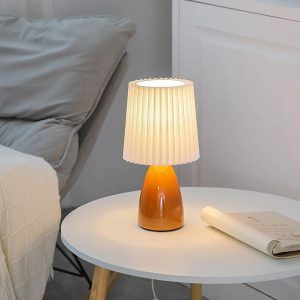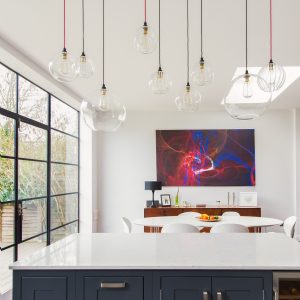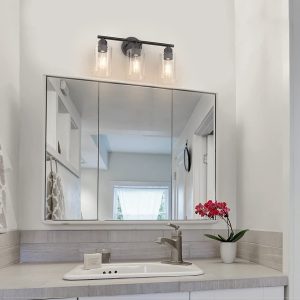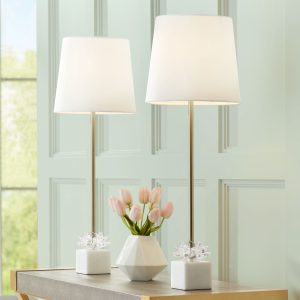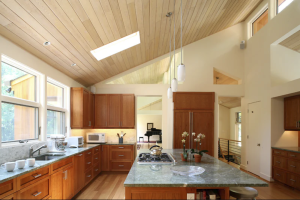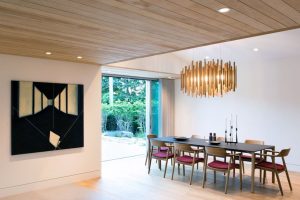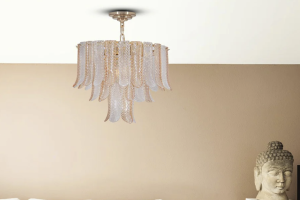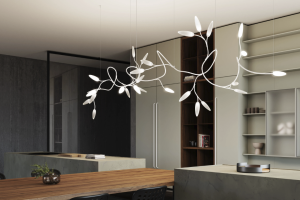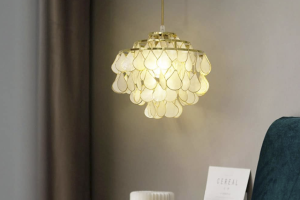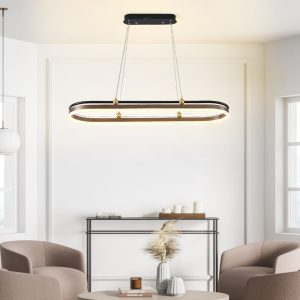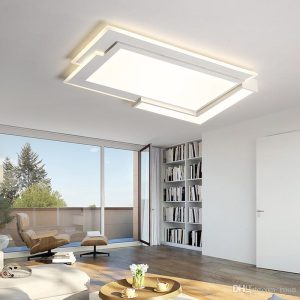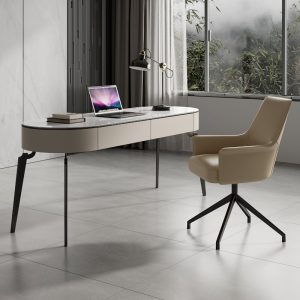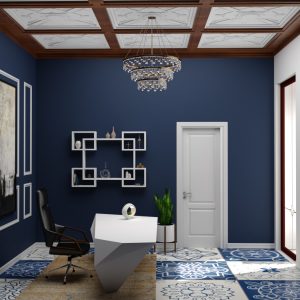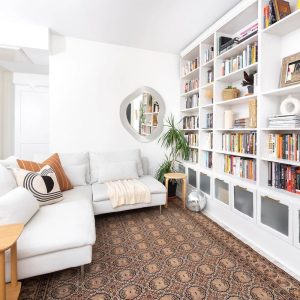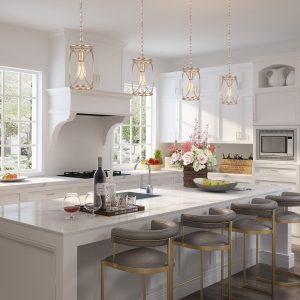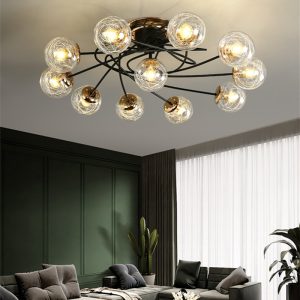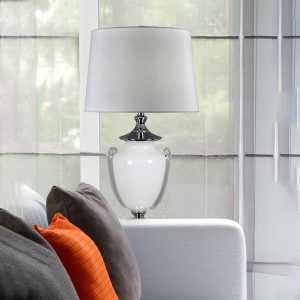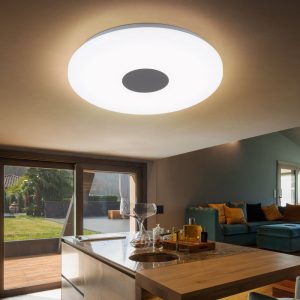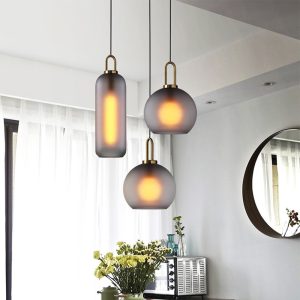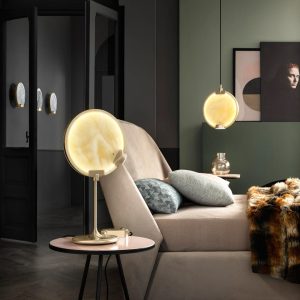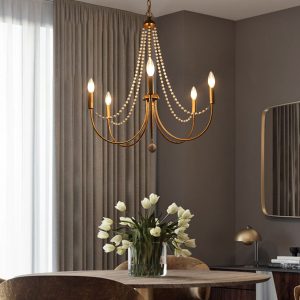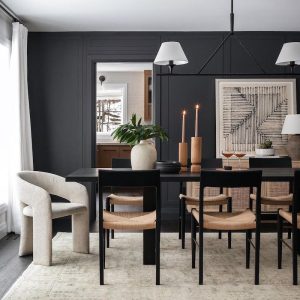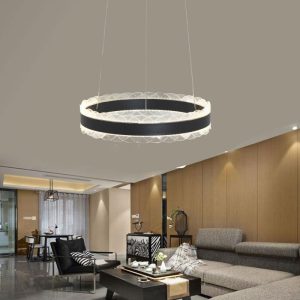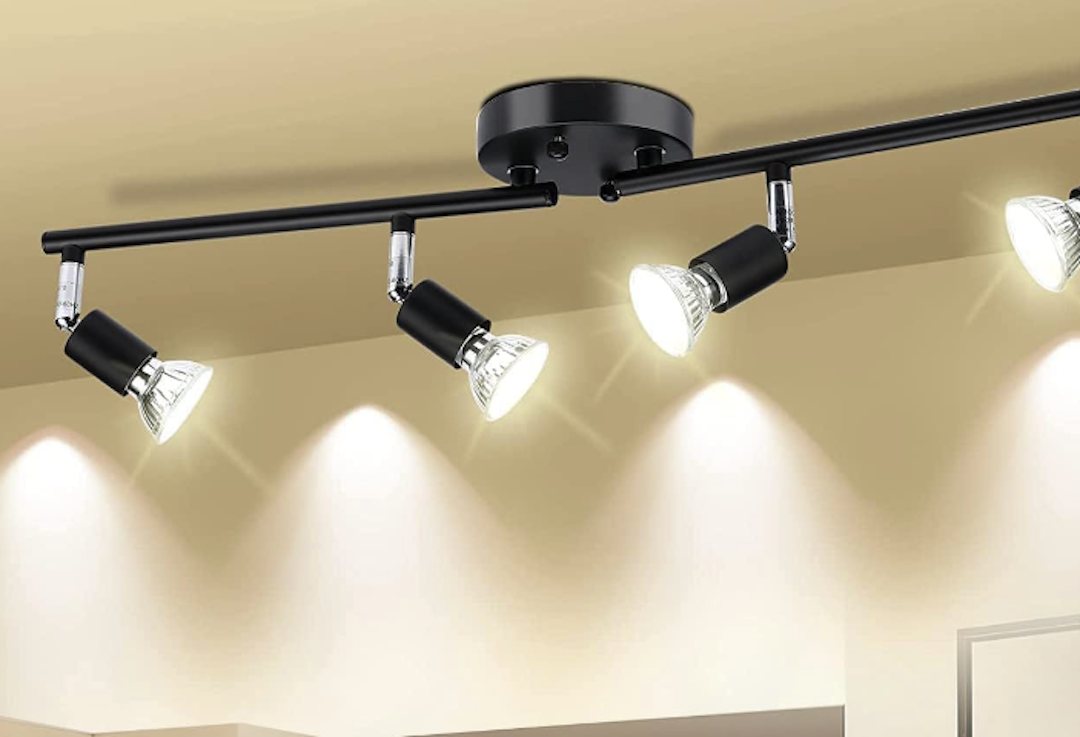
Embedded downlights, often referred to as recessed lights or can lights, are a type of lighting fixture that is installed into a hollow opening in the ceiling. Unlike traditional light fixtures that hang from the ceiling or sit on surfaces, embedded downlights are designed to be flush with the ceiling surface, providing a sleek and unobtrusive lighting solution. These fixtures can be used in various settings, including residential homes, commercial spaces, and even outdoor areas.
The design of embedded downlights allows them to blend seamlessly into the architecture of a room, creating a clean and modern aesthetic. The functionality of embedded downlights extends beyond mere aesthetics. They are available in various sizes, shapes, and light outputs, making them versatile for different applications.
For instance, they can be used to provide general ambient lighting, accent lighting to highlight artwork or architectural features, or task lighting for specific areas such as kitchens or workspaces. The ability to choose from different beam angles and color temperatures further enhances their adaptability, allowing homeowners and designers to create the desired atmosphere in any space.
Benefits of Using Embedded Downlights
Space-Saving Design
One of the primary advantages of embedded downlights is their ability to save space while providing effective illumination. Since they are installed within the ceiling, they do not take up any floor or wall space, making them an ideal choice for rooms with low ceilings or limited square footage. This feature is particularly advantageous in smaller apartments or compact offices where maximizing space is essential.
Aesthetically Pleasing and Energy Efficient
Additionally, their discreet design helps to maintain a clean and uncluttered look, which is often sought after in modern interior design. Energy efficiency is another significant advantage of embedded downlights. Many of these fixtures utilize LED technology, which consumes considerably less energy compared to traditional incandescent or halogen bulbs.
Long-Term Cost Savings
LED embedded downlights not only reduce electricity bills but also have a longer lifespan, resulting in less frequent replacements and lower maintenance costs. Furthermore, the reduced heat output of LED lights contributes to a cooler indoor environment, which can be particularly beneficial during hot weather.
Choosing the Right Embedded Downlights for Your Space
Selecting the appropriate embedded downlights for a specific area involves several considerations. First and foremost, one must assess the purpose of the lighting. For instance, if the goal is to create a warm and inviting atmosphere in a living room, one might opt for downlights with a warmer color temperature (around 2700K) and a wider beam angle to provide soft ambient lighting.
Conversely, for task-oriented spaces like kitchens or home offices, cooler color temperatures (around 4000K) and narrower beam angles may be more suitable to enhance visibility and focus. Another critical factor is the size and layout of the space. The wattage and lumen output of the downlights should correspond to the dimensions of the room.
A general rule of thumb is to use approximately 20 lumens per square foot for ambient lighting. Therefore, in a 200-square-foot living room, one would need around 4,000 lumens in total. This can be achieved by selecting multiple downlights with appropriate lumen outputs and spacing them evenly throughout the area.
Additionally, considering the ceiling height is essential; higher ceilings may require more powerful fixtures or additional downlights to ensure adequate illumination.
Installation Process of Embedded Downlights
The installation process for embedded downlights can vary depending on whether one is retrofitting existing fixtures or installing new ones in a new construction project. In either case, it is crucial to follow safety protocols and local building codes. For retrofitting, the first step typically involves turning off the power supply to the existing fixtures and removing them carefully.
Next, a hole must be cut into the ceiling where the new downlight will be installed. This requires precise measurements to ensure that the fixture fits snugly and does not compromise structural integrity. Once the hole is prepared, the wiring must be connected according to the manufacturer’s instructions.
This often involves connecting the fixture’s wires to the existing electrical supply using wire nuts or connectors. After securing the connections, the downlight can be inserted into the ceiling cavity and fastened in place using clips or screws provided with the fixture. Finally, it is essential to restore power and test the lights to ensure they function correctly.
For those unfamiliar with electrical work, hiring a licensed electrician is advisable to ensure safety and compliance with local regulations.
Design Tips for Using Embedded Downlights
When incorporating embedded downlights into a design scheme, it is essential to consider both functionality and aesthetics. One effective approach is to use layered lighting techniques that combine ambient, task, and accent lighting. For example, in a kitchen, one might install embedded downlights above work areas for task lighting while also including dimmable fixtures in other areas for ambient lighting during social gatherings.
This layering creates depth and versatility in lighting design. Another design tip is to pay attention to spacing and placement. Properly spaced downlights can prevent harsh shadows and ensure even illumination throughout a room.
A common guideline is to space downlights Vopdesign approximately 4 to 6 feet apart for optimal coverage. Additionally, placing them strategically around architectural features or artwork can enhance visual interest and draw attention to focal points within the space. Using dimmers can also add flexibility; being able to adjust light levels according to different activities or moods can significantly enhance the overall ambiance.
Maintenance and Care for Embedded Downlights
Cleaning and Maintenance
A soft cloth or microfiber duster can be used to gently wipe down the exterior surfaces of the lights without scratching them. For more thorough cleaning, especially if there are insects or cobwebs inside the housing, it may be necessary to remove the fixture from its housing carefully.
Monitoring Performance and Replacing Bulbs
In addition to cleaning, it is important to monitor the performance of embedded downlights regularly. If any lights flicker or fail to illuminate properly, it may indicate an issue with the bulb or wiring that needs addressing. Replacing LED bulbs is typically straightforward; however, one should always ensure that they are using compatible replacements that match the original specifications for wattage and color temperature.
Benefits and Long-Term Enjoyment
Embedded downlights offer a versatile and stylish lighting solution suitable for various applications. Their benefits include space-saving design, energy efficiency, and adaptability to different environments. By carefully selecting fixtures based on purpose and space requirements, following proper installation procedures, employing thoughtful design strategies, and maintaining them diligently, homeowners can enjoy both functional and aesthetically pleasing lighting in their spaces for years to come.

